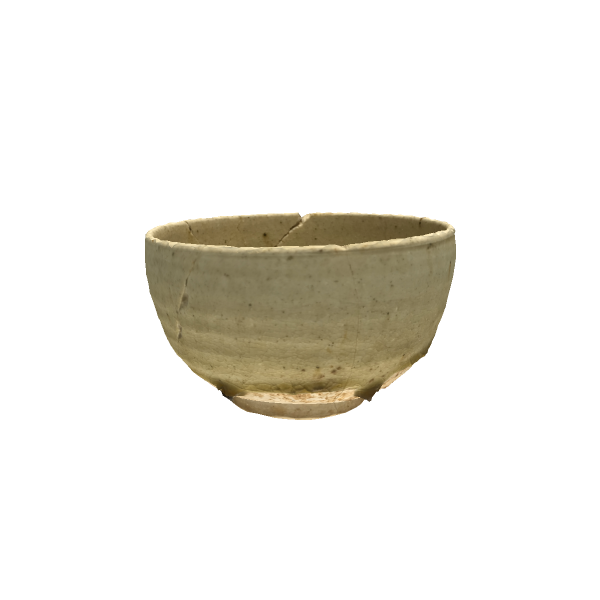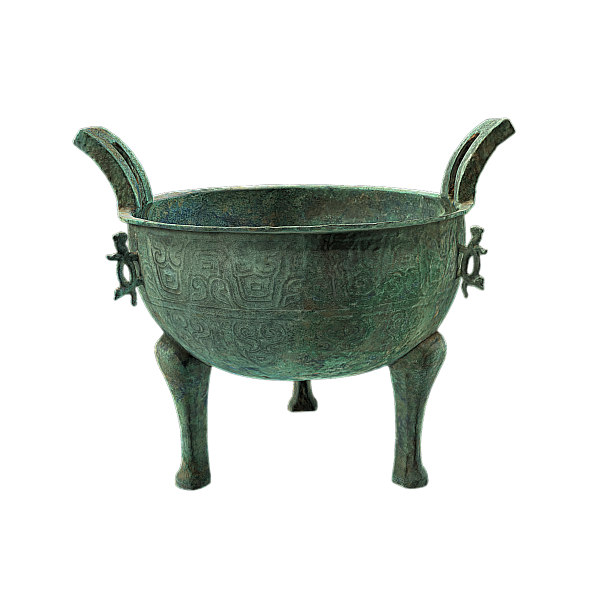Bo-bell with Coiled Chi-dragon Patterns (Part of a Bianbo Bell Set)
| Accession No. | R020027 |
|---|---|
| Period | Eastern Chou |
| Material | Bronze |
| Findspot | Tomb No. 01 Shan-piao-chen Site |
| Geographic Location | Shanpiao Town, Weihui City, Henan Province, China |
| Dimension | H. 32.4 cm; Diam. of rim 18.1 cm |
Description
This bo-bell was found at Shanbiao Town Tomb M1, Weihui City, Henan Province and is part of a five-piece bianbo bells set. The musical instrument is categorized as a Significant Antiquities of the nation, as it is an important piece for understanding the Zhou system of rites and music associated with the burials. Bo-bells are bigger variations of the zhong-bells; they were often used with drums to make base rhythms. Bo-bells appeared in the south during the late Shang and were initially designed as a single-piece instrument. Later, during the Western Zhou through to the early Spring and Autumn period, bo-bells were integrated into the Zhou system of music as a three-piece set. Basic elements of a bo-bell include the wu at the top, mei raised bosses on the body, zhuan decorative bands that alternate with mei, and gu the striking area at the bottom. The top of the bell is level with two rectangular cut out holes in the middle, while the niu handle is in the form of two opposing kui-dragons. There are 36 spiral bosses in the shape of coiled kui-dragons spread across the bell body in rows, while four cut out holes are situated in between the decorative bands. The bottom of the bell ends with a flat mouth, and the walls are relatively even in thickness, excepting the striking areas on both sides of the bell were the inner wall has been thickened. The flat top of the bell, the body, and the striking area are decorated with coiled chi-dragon patterns; the artistic composition of the patterns on the striking area resemble animal-mask patterns. The musical instrument was produced by the piece-mold technique. There are cracks on the bottom corners of the bell hence the bell has lost its original tune.


